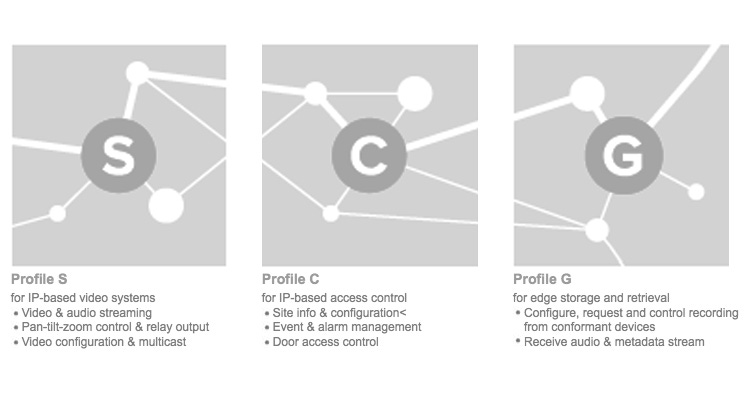ONVIF was founded in 2008 by Axis, Sony and Bosch to create a global standard for the interface of IP-based physical security products. The organization was developed to provide increased flexibility and more choices so installers and end users could select interchangeable products from a variety of vendors. In its early stages, ONVIF’s members were from the manufacturing industry. However, in recent years, membership has been opened to consultants and systems designers, systems integrators, end users and media.
July 31, 2015

By Axis Communications Guest Blog
ONVIF was founded in 2008 by Axis, Sony and Bosch to create a global standard for the interface of IP-based physical security products. The organization was developed to provide increased flexibility and more choices so installers and end users could select interchangeable products from a variety of vendors. In its early stages, ONVIF’s members were from the manufacturing industry. However, in recent years, membership has been opened to consultants and systems designers, systems integrators, end users and media.
Why Standards Matter
One of the most common needs of IP video developers and end users is an interface that allows them to easily connect technologies for both today’s purchases and tomorrow’s upgrades. This prevents end users from being locked into using solutions from a single manufacturer and being dependent on that manufacturer for the life cycle of the system.
The use of ONVIF-conformant products can reduce the time spent on the design and installation process since the devices and clients communicate using standard ONVIF interfaces instead of relying on unique software integrations between particular devices. These devices include cameras, door controllers and clients such as video or access control management software.
ONVIF’s Current Profiles (Standards)
ONVIF’s current profiles include Profile S for IP-based video and audio streaming, covering pan-tilt-zoom control, relay output, video configuration and multicast; Profile G for edge storage and retrieval, covering the configuration request and control of recording from conformant devices, as well as the reception of audio and metadata streams; Profile C for IP-based Access Control covers site information and configuration, event and alarm management, and door access control; Profile Q is ONVIF’s newest profile, and was created to provide easy configuration for ONVIF devices and advanced security, including out-of-box functionality, secure configuration, and secure client/device communications using TLS protocol.
How Do I Know What’s ONVIF-Conformant and What’s Not?
When a product is ONVIF-conformant, it indicates that the client or device works with other products that are conformant. For example, a Profile G device is made to work with a Profile G client. Manufacturers with products listed on the ONVIF website as conformant have completed the formal conformance process and have submitted official documentation and product test results to ONVIF.
All products that are officially conformant with an ONVIF Profile are listed here.
Looking Forward
Both ONVIF and IP have experienced rapid deployment in the last seven years. In the coming years, ONVIF will concentrate on refining the overall process of standardization while keeping pace with new technology.
ONVIF’s next profiles may include new advances in physical access control or a new market segment. Ultimately, where ONVIF goes will be determined by our members, consultants, integrators and end users in the market.
You May Also Like
